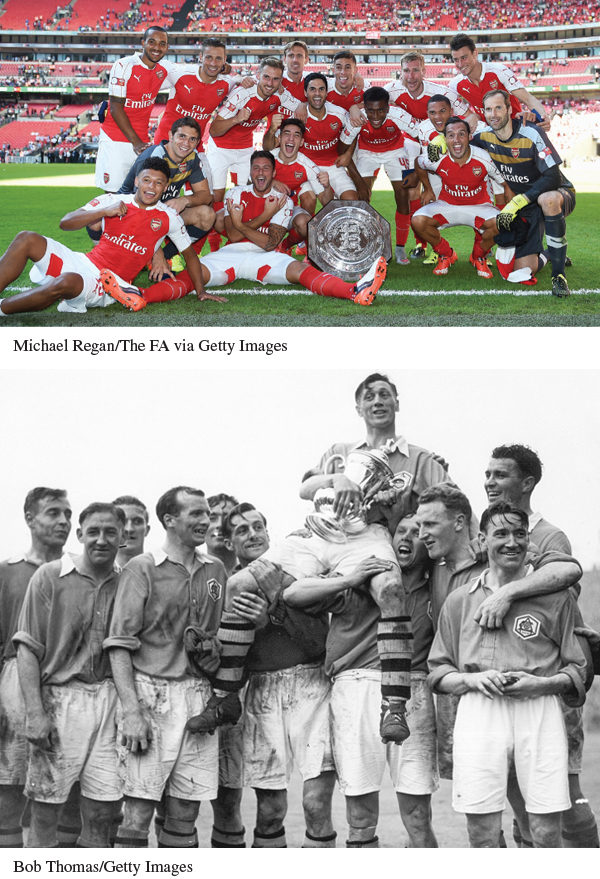A History of Western Society: Printed Page 1039
A History of Western Society, Value Edition: Printed Page 1001
A History of Western Society, Concise Edition: Printed Page 1046
Toward a Multicultural Continent
By 2015 immigration to Europe had profoundly changed the ethnic makeup of the continent, though the effects were unevenly distributed. One way to measure the effect of these new immigrants is to consider the rapid rise of their numbers. Since the 1960s the foreign population of western European nations has grown by two to ten times. In the Netherlands in 1960, only 1 percent of the population was foreign-
The new immigrants were divided into two main groups. A small percentage were highly trained specialists who could find work in the upper ranks of education, business, and high-

A variety of new cultural forms, ranging from sports and cuisine to music, the fine arts, and film, brought together native and foreign traditions and transformed European lifestyles. Food was a case in point. Recipes and cooks from former colonies in North Africa enlivened French cooking, while the döner kebab — the Turkish version of a gyro sandwich — became Germany’s “native” fast food. Indian restaurants proliferated across Britain, and controversy raged when the British foreign minister announced in 2001 that chicken tikka masala — a spicy Indian stew — was Great Britain’s new national dish.9
The multiculturalism and ethnic diversity associated with globalization have inspired numerous works in literature, film, and the fine arts. From rap to reggae to rai, multiculturalism has also had a profound effect on popular music, a medium with a huge audience. Rai, which originated in the Bedouin culture of North Africa, exemplified the new pop music forms that emerged from cultural mixing. In the 1920s rai traveled with Algerian immigrants to France. In its current form, it blends Arab and North African folk music, U.S. rap, and French and Spanish pop styles. Lyrics range from sentimental love stories to blunt and sometimes critical descriptions of daily life in immigrant communities.
The growth of immigration and ethnic diversity created rich social and cultural interactions but also generated controversy and conflict in western Europe. In most EU nations, immigrants can become full citizens if they meet certain legal qualifications; adopting the culture of the host country is not a requirement. This legal process has raised questions about who, exactly, could or should be European, and about the way these new citizens might change European society. The idea that cultural and ethnic diversity could be a force for vitality and creativity has run counter to deep-